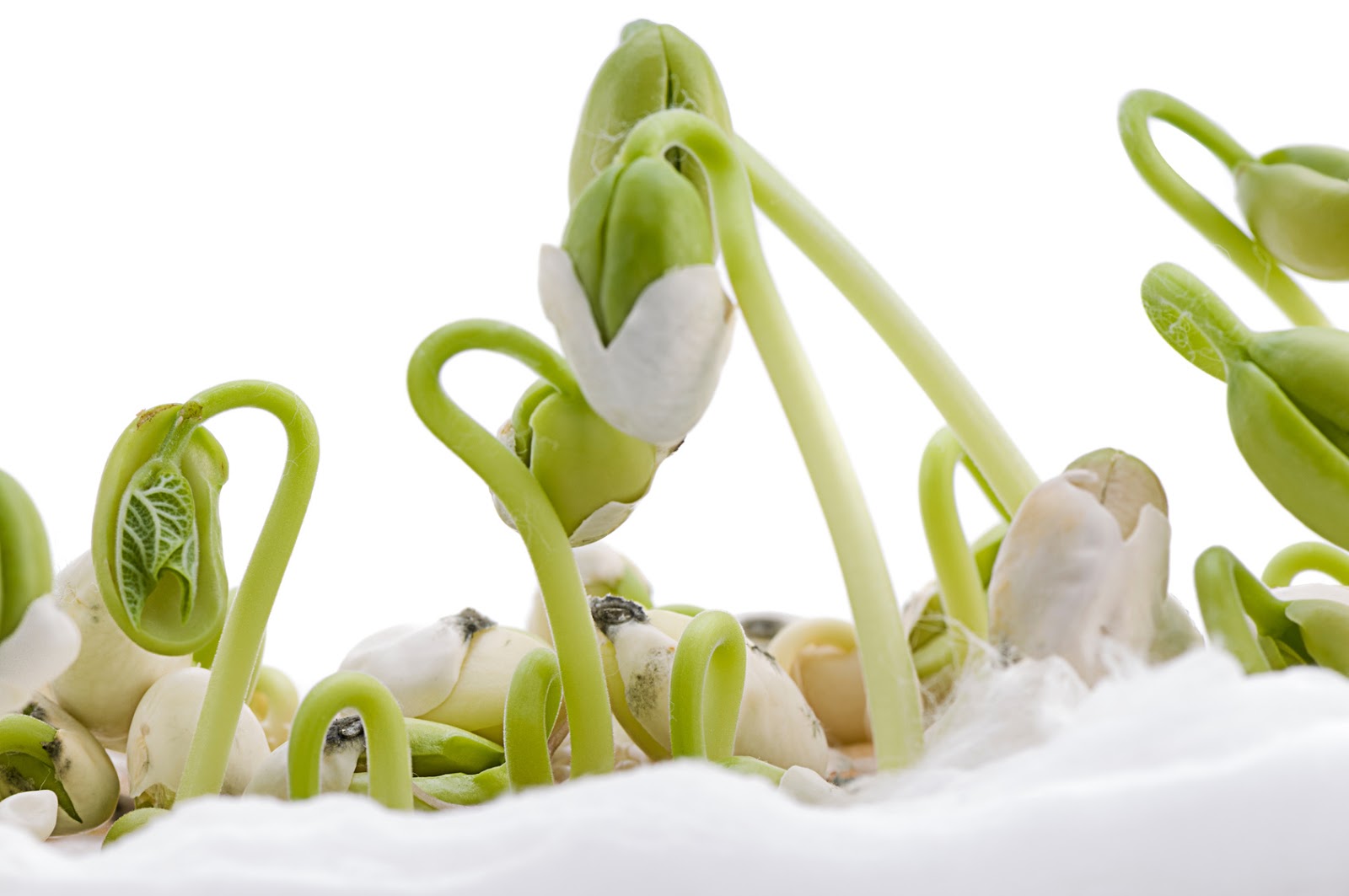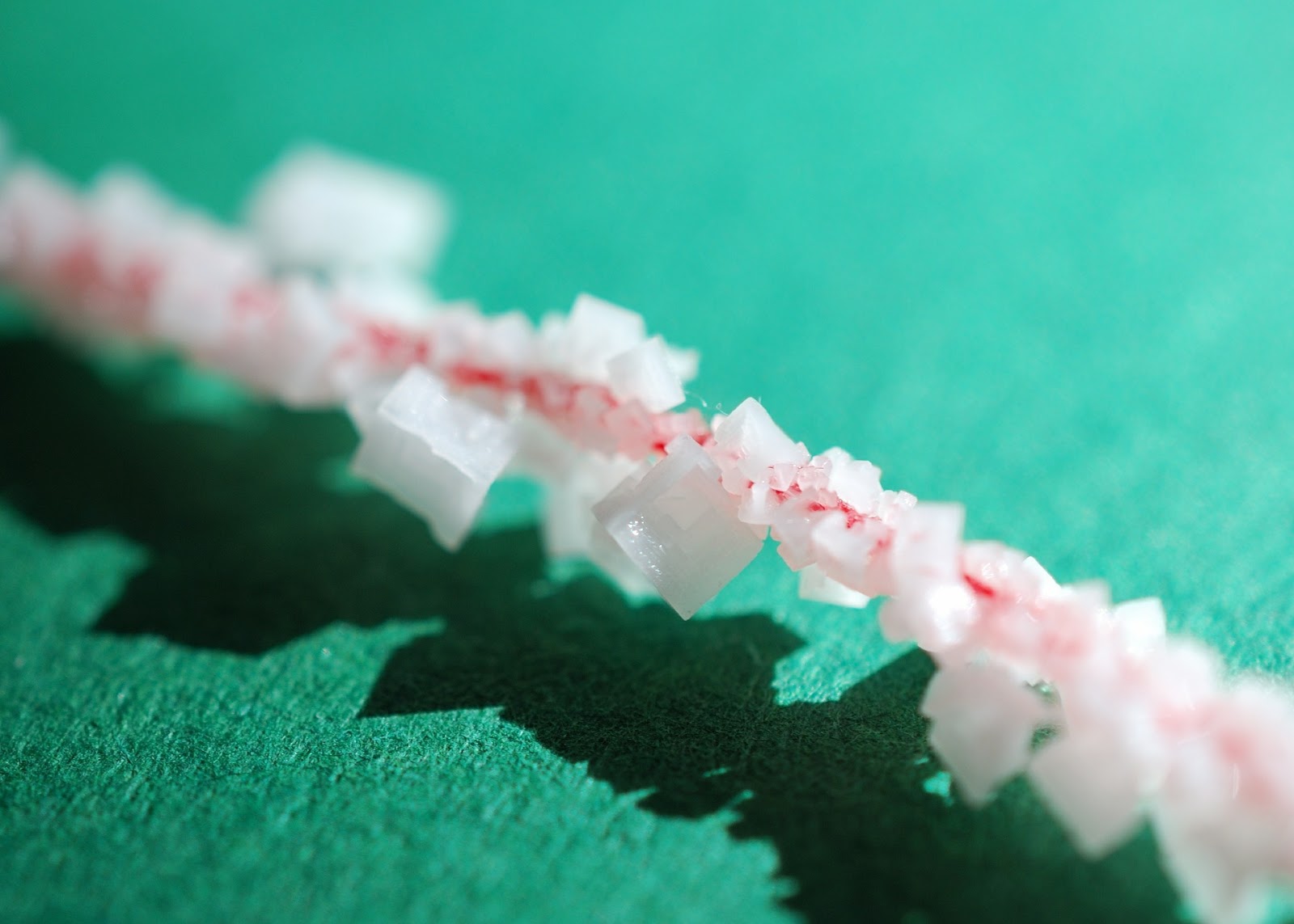Have you ever wondered how airplanes work? Whether static electricity can be conducted by water? Or where the salt that’s NOT “all-natural sea salt” comes from?

As adults, most of us just stop asking these questions. However, kids are constantly curious. Next time your child pesters you with a constant stream of “why?” maybe you can answer him with a science experiment instead and find the answer together!
Here are some quick and easy science experiments that you can try in the house with your children. You’ll get to learn something new too!

Sprouting Up
This experiment requires some time, but it will be rewarding to see how much your children enjoy it. Teach your kids gardening basics by showing them how seeds germinate. They’ll be fascinated by the daily miracle, and at the end you can have healthy bean sprouts to add to a wrap or salad!
To do the experiment: Soak the dried beans in water overnight, and then place them on a soaked paper towel on a cookie sheet or plate. Put another wet paper towel on top of the beans, and then place them in a sunny spot. Each day, re-soak the paper towels and watch the bean slowly sprout. For more specific directions, you can check out this article.

Cutting the Ice
Have you ever wondered how your skates can glide so smoothly over the ice? Well, try a little demonstration of it at home. Weight a piece of fishing line on each end (perhaps with rocks or cutlery.) Then, place a piece of ice high on top of an upturned cup. Place the fishing line over the ice, with the weights hanging on either end.
Watch and see how the string slowly cuts through the ice, causing the area directly under the line to melt faster than the rest of the ice. This works similar to ice skates. The added weight (as well as the heat from friction) causes the ice to melt a tiny bit under the skates. So, when you skate, you’re not skating over solid ice. Instead you’re gliding on the miniscule layer of water that your skates create.
Growing Salt Crystals
Boil some distilled water over a stove. Add in salt and stir the solution until the salt dissolves. Keep adding salt until no more will dissolve. You’ll notice that crystals start forming instead at the bottom of the pan. Pour the solution into a glass jar (if you put a spoon into the jar first, it should keep the glass jar from cracking with the heat). Dangle a string into the jar by tying it to a stick or spoon laid across the mouth of the jar. If you want, you can also add a drop or two of food coloring to the solution to see more differentiation in the salt crystals that form as the water evaporates.
Experiment more by trying some variations. Use different kinds of salt, and different kinds and temperatures of water to see what forms the biggest and finest salt crystals. You can even examine the salt crystals under a telescope.

Illustrate a Chemical Reaction with a Balloon
Since most gases are invisible, it’s difficult to observe them in action. However, a balloon is a great way to illustrate the movement of air. This science demonstration is fun because you can watch a reaction happen without the same mess that many baking-soda-related experiments cause.
To do the experiment, take a soda bottle and fill it with just a little bit of water (about a quarter of a cup). Add a teaspoon of baking soda and stir it around in the bottle. Then, add a teaspoon of lemon juice, and quickly seal the mouth of the soda bottle with your balloon. Gradually, you’ll see the balloon fill up. That’s because lemon juice (an acid) and baking soda (a base) create carbon dioxide when they combine. There are lots of other ways to illustrate this reaction, from mentos in a coke bottle to the classic science fair volcano.

Air Pressure and Ping Pong Balls
This one is easy to try out at any time. Take a hair dryer and turn it on, with the air stream pointed straight upwards. Put a ping pong ball into the middle of the airstream and release it when it hits the point where it hovers steadily over the flow of hot air.
The ping pong ball becomes suspended when the force of gravity on the ball is equal to the force exerted by the blowing air upwards. However, the really fascinating part is how the ball will stay in the stream of hot air instead of falling to either side. The moving air from the blow dryer is lower pressure air, and the still air surrounding it is higher pressure, which means that any time the ping pong ball wavers to either side, the high-pressure air outside the column of your hair dryer’s blown air will push the ball back into the low-pressure air.
This same principle is used to keep airplanes up, creating lower pressure above the wings by forcing the air to travel a greater curve.
What’s your favorite science experiment to do with kids? Share below!
